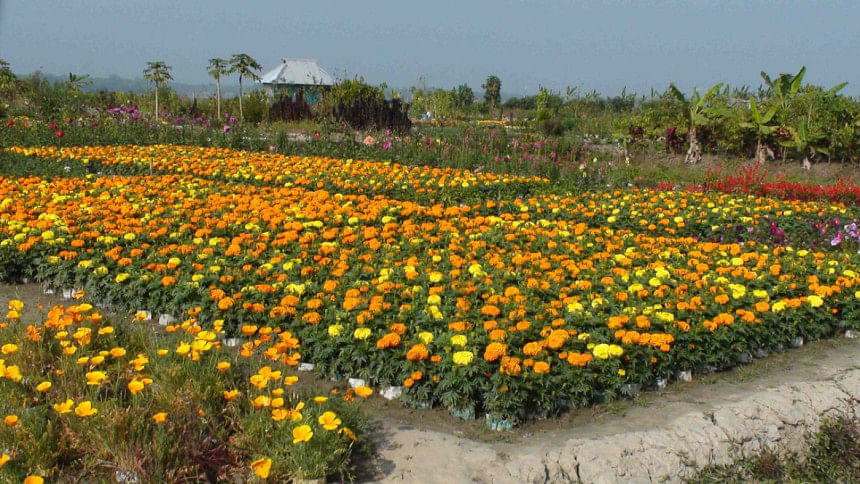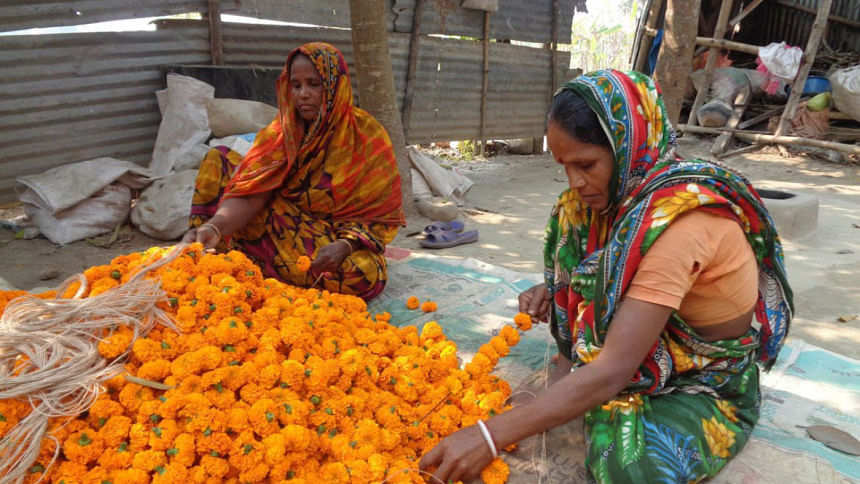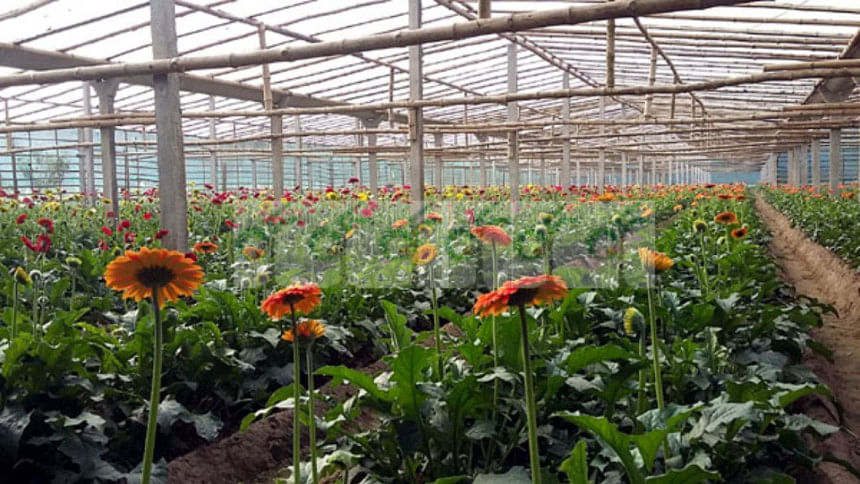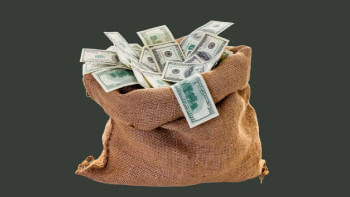February, the month for florists

With celebrations of the first day of spring, Pahela Falgun, as well as Ekushey February, the International Mother Language Day, and western Valentine's Day all falling within the month of February, the flower growers of different districts certainly have reason to celebrate.
Flower sales are expected to earn the growers of Jessore district up to Tk 20 crore in sales this month.
Roses, gerberas, gladioli, dahlias, sunflowers and China roses are among the many species on offer in the market. “I expect to sell around Tk 2 lakh of flowers this season,” says Aminul Islam of Godhkhali in Jessore's Jhikargachha upazila.

He has cultivated flowers on 15 bighas of land, while district-wide flowers are now grown on up to 10,000 hectares according to florists and traders.
A surge in sales is usual for the start of the year, say growers. In addition to the festivals of February, people also buy flowers for New Year's Day and wedding celebrations, which are most common during winter.
“Demand for flowers skyrockets from New Year's Day onwards,” says floriculture pioneer Md Shar Ali Sardar who has been involved in commercial flower farming since 1983. “It's the time of the year when we record a sustained sales upswing.” Currently his flower fields are adorned with red, yellow, pink and white gerberas, which are common worldwide but relatively new to the Bangladesh flower scene.
Flower prices at Godhkhali Bazar are determined by wholesale prices in Dhaka where flowers converge from twenty districts, including key growing areas like Savar, Jhenidah, Chuadanga, Narayanganj and Mymensingh, as well as Jessore.
According to Abdur Rahim, president of the Bangladesh Flowers Society, blooms from Gadkhali are also exported to the United Arab Emirates, Malaysia, Singapore, South Korea and some other countries.

Director of a locally-based agricultural project Michael G Nelson, says farmer training was held recently at the Local Government Engineering Department training centre as part of the US $50 million funding provided by USAID to develop agriculture in the country's southwest, a project that includes flower production.
Our Jhenidah Correspondent reports: Trilochonpur union under Kaliganj upazila in the district is abuzz with activities as flower growers, traders and workers engaged in making wreaths are passing busy time due to heightened demand centring the three occasions in February.
Tuberose, merry, rose and gladiolus cultivated in different villages of the upazila make way to several districts.
Visiting Baliadanga flower market and Kaliganj main bus stand this correspondent found that hundreds of growers and traders are selling and buying flowers.
Shariful Islam of Baliadanga village said he planted flower seedlings on 20 decimals of land in October last year.
"I started harvesting after 40 days and already sold flowers worth Tk 60 thousand," he said.
Hundreds of women, mostly poor ones, find a way of earning by making wreaths ahead of festivals.
"I get Tk 10 for making a jhopa (garlands with 800 flowers). I can make 18/20 jhopas per day and earn Tk 200. I get more ahead of festivals," said one Kohinur Begum.
Around 250 hectares of land has been brought under flower cultivation in Jhenidah this year, said sources of the Department of Agriculture Extension (DAE)
Our Pirojpur Correspondent adds: The seasonal flower growers of Nesarabad upazila in the district, especially at Alenkarkathi village under Swarupkathi union, are passing a busy time.
Growers said they plant different flowers including rose, marigold, dalia, tuberose from September. After one month, they start selling that continues till the end of February.
Wholesale buyers from different areas come to buy flowers from Nesarabad.
According to the DAE in Pirojpur, there are flower plant nurseries on 14 hectares of land at Nesarabad.

 For all latest news, follow The Daily Star's Google News channel.
For all latest news, follow The Daily Star's Google News channel. 



Comments